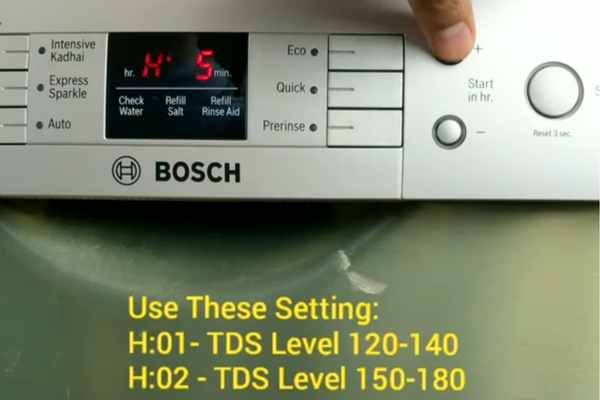
Now, you might be wondering what this “OE” error code really signifies. In simple terms, the “OE” error usually indicates a problem with the dishwasher’s drainage system. Think of it as your sink refusing to let the water down the drain. This issue can arise from a variety of causes, such as a clogged drain, a kinked hose, or even a malfunctioning pump. But before you panic or start calling for repair services, did you know that some people have found success by simply resetting their dishwasher? Let’s explore how this works and whether it’s the right solution for you.
Understanding the “OE” Error Code
The “OE” code is Frigidaire’s way of telling you that your dishwasher is having trouble draining. Imagine you’ve just finished washing your car, but the hose you’ve used is blocked. Water can’t flow out properly, right? The same principle applies here. The dishwasher is like your hose, and if there’s any obstruction, you’ll see this code.
This error can pop up due to a few factors. First, there could be actual physical blockage, such as bits of food or debris, obstructing the drain hose. Just like when leaves block a gutter, preventing water from flowing smoothly. Alternatively, there could be an issue with the dishwasher’s pump that pushes the water out. If the pump is faulty, it can’t effectively move the water out of the dishwasher, leading to that dreaded “OE” code.
Understanding the cause is the first step to fixing it, but you might wonder if a simple reset could bypass these problems. Resetting the dishwasher is akin to restarting your computer when a program freezes. Sometimes, it just needs a little nudge to get back on track. However, it’s crucial to determine if this is a temporary glitch or if there’s a deeper issue at hand.
How to Reset Your Frigidaire Dishwasher
Resetting your Frigidaire dishwasher can be as straightforward as rebooting your smartphone. Here’s how you can do it: Locate the power button on your dishwasher. Depending on the model, you may need to unplug it directly for a few minutes. This process is akin to giving the machine a brief power nap—letting it rest and reset.
After waiting about 5 minutes, plug it back in or switch it back on. You’re essentially giving the electronics a fresh start, hoping the minor glitch will clear up. If the code disappears and the dishwasher resumes normal operation, you may have just sidestepped a more complex troubleshooting process.
However, if the “OE” error persists, it could mean that the issue is not just a software hiccup but something more substantial, like a blockage or a mechanical problem that requires further investigation. It’s like when a friend keeps feeling under the weather despite getting plenty of rest; sometimes, you need to look at the deeper cause.
What to Do Next if the Reset Doesn’t Work
So, resetting didn’t fix the problem. What now? Don’t worry, there are still options available before you consider calling in a professional. Start by checking the dishwasher’s drain hose. Is it kinked or bent like a garden hose left in the sun? Straighten it out and see if that resolves the issue.
Next, inspect the drain path for blockages. Remove the dishwasher’s lower rack and look for any visible debris. Like cleaning out hair from a shower drain, this small step can clear up the path for water to escape. If everything looks clear but the problem persists, the issue might lie with the drain pump. This component can sometimes fail, requiring repair or replacement by a professional.
If you reach this stage, it’s a good idea to consult your dishwasher’s manual or support resources for more detailed guidance. Every model has its quirks, much like how every car handles a bit differently. Knowing the ins and outs of your specific machine can make a significant difference.
Preventative Measures for Avoiding the “OE” Error
Here’s the deal: prevention is always better than scrambling for a fix. To avoid encountering the “OE” error in the future, regular maintenance should be part of your routine. It’s like cleaning your oven regularly to prevent smoke alarms from going off every time you bake.
Run your dishwasher on a hot cycle with a cleaner every month to keep build-ups at bay. Clean the filters frequently, as they’re the main culprits for clogs. Doing this ensures that water can flow freely, just like keeping gutters clear to prevent overflow.
Also, be mindful of what goes into your dishwasher. Scrape off excess food from dishes before loading them. It’s similar to brushing sand off your shoes before entering the house—keeps everything tidy and functioning smoothly.
In conclusion, while resetting might work as a quick fix for the “OE” error code on your Frigidaire dishwasher, it’s not a guaranteed permanent solution. Regular maintenance and a keen eye on how your appliance functions can prevent future issues and keep your dishwasher running smoothly for years to come.